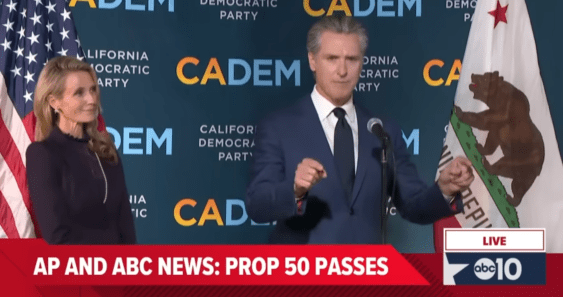The Obama administration's awarding of $1.5 billion in competitive transportation stimulus grants on Wednesday sparked elation in cities such as Kansas City and New Orleans. But those celebrations were more than just anecdotal evidence of the so-called TIGER program's urban impact, according to a new analysis from the Brookings Institution's Rob Puentes.
Writing on The New Republic's Avenue blog, Puentes notes
that the nation's top 100 metro areas -- which collectively generate
three-quarters of U.S. GDP, according to the U.S. Conference of Mayors
-- got more than 70 percent of the total TIGER funding.
Meanwhile,
the stimulus law's $48 billion in formula-based transportation spending
continues to give disproportionately short shrift to major cities.
Puentes
found that as of the end of 2009, the top 100 U.S. metro areas had
received about 59 percent of total infrastructure stimulus spending.
That number masks a greater urban-rural imbalance in highway stimulus
money, just 50 percent of which went to America's biggest -- and often,
most economically productive -- cities. (See the chart above for more
details.)
A July analysis
by Streetsblog Capitol Hill reached a similar conclusion, focusing on
the top 20 U.S. cities and finding them getting 28 percent of the $787
billion stimulus law's highway money, compared with 61 percent of its
transit funding.
So what can be done to help give major
cities a share of infrastructure recovery aid that's commensurate with
the scale of their economic needs? For Puentes, the answer is simple:
Use TIGER as a model:
As Washington considers the additional stepsneeds to retain and create jobs, the TIGER’s recognition of theeconomic primacy of U.S. metropolitan area should be illustrative.





